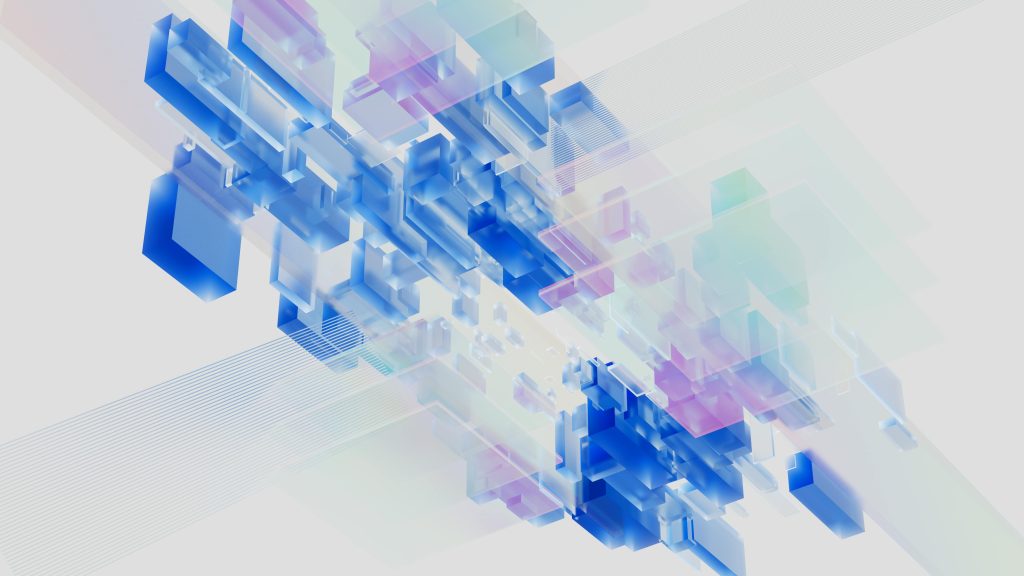The digital landscape is undergoing a profound transformation with the advent of Web 3.0. This new era of the internet promises greater decentralization, enhanced security, and increased user control. For businesses and individuals looking to stay ahead in the digital age, understanding and leveraging Web 3.0 is crucial. In this blog post, we will explore effective strategies to harness the power of Web 3.0 and unlock its full potential.
Understanding Web 3.0: The Basics

Web 3.0, often referred to as the decentralized web, represents the next generation of internet technology. Unlike Web 2.0, which is dominated by centralized platforms and services, Web 3.0 is built on decentralized networks and protocols. Key components of Web 3.0 include:
- Decentralization: Data is distributed across multiple nodes, reducing the reliance on central servers and enhancing security and resilience.
- Blockchain Technology: Blockchain serves as the backbone of Web 3.0, providing a transparent and immutable ledger for transactions and data.
- Smart Contracts: These self-executing contracts automate processes and agreements, reducing the need for intermediaries.
- Interoperability: Web 3.0 promotes seamless integration and interaction between different platforms and services.
Strategies to Leverage Web 3.0
To fully harness the potential of Web 3.0, businesses and individuals need to adopt specific strategies that align with the principles of decentralization and transparency.
1. Embrace Blockchain Technology
Blockchain is the cornerstone of Web 3.0, offering unparalleled security and transparency. Businesses can leverage blockchain technology in various ways:
- Supply Chain Management: Use blockchain to track and verify the authenticity of products, ensuring transparency and reducing fraud.
- Financial Services: Implement blockchain for secure and efficient transactions, reducing the need for traditional banking intermediaries.
- Data Security: Protect sensitive data with blockchain’s decentralized encryption, minimizing the risk of data breaches.
2. Develop Decentralized Applications (dApps)
Decentralized applications (dApps) run on blockchain networks, offering greater security and user control. Developing dApps can provide numerous advantages:
- User Empowerment: Give users more control over their data and digital interactions, fostering trust and loyalty.
- Reduced Downtime: With no central point of failure, dApps are more resilient to outages and attacks.
- Innovative Services: Create unique services that capitalize on the decentralized nature of Web 3.0, such as peer-to-peer marketplaces and decentralized finance (DeFi) platforms.
3. Utilize Smart Contracts
Smart contracts automate and enforce agreements without the need for intermediaries. Businesses can use smart contracts to streamline operations:
- Automated Transactions: Execute transactions automatically when predefined conditions are met, reducing processing time and costs.
- Transparent Agreements: Ensure all parties have access to the same information, reducing disputes and fostering trust.
- Efficient Workflows: Automate routine tasks and processes, freeing up resources for more strategic initiatives.
4. Foster Interoperability
Interoperability is a key feature of Web 3.0, allowing different platforms and services to work together seamlessly. Businesses should focus on creating interoperable solutions:
- Cross-Platform Services: Develop services that can interact with multiple blockchain networks, enhancing their utility and reach.
- Collaborative Ecosystems: Partner with other organizations to create a cohesive ecosystem of interoperable services, driving innovation and growth.
- Standardization: Advocate for industry standards that promote interoperability, ensuring a unified approach to decentralized technologies.
5. Enhance User Experience
The success of Web 3.0 depends on its ability to provide a superior user experience. Businesses should prioritize user-friendly designs and intuitive interfaces:
- Simplified Interfaces: Develop interfaces that make it easy for users to interact with decentralized technologies, lowering the barrier to entry.
- User Education: Educate users about the benefits and functionalities of Web 3.0, empowering them to take full advantage of its capabilities.
- Responsive Support: Offer robust customer support to address user concerns and enhance their experience with decentralized applications.
Conclusion
Web 3.0 represents a paradigm shift in how we interact with the internet, offering exciting opportunities for businesses and individuals alike. By embracing blockchain technology, developing dApps, utilizing smart contracts, fostering interoperability, and enhancing user experience, you can fully harness the power of Web 3


